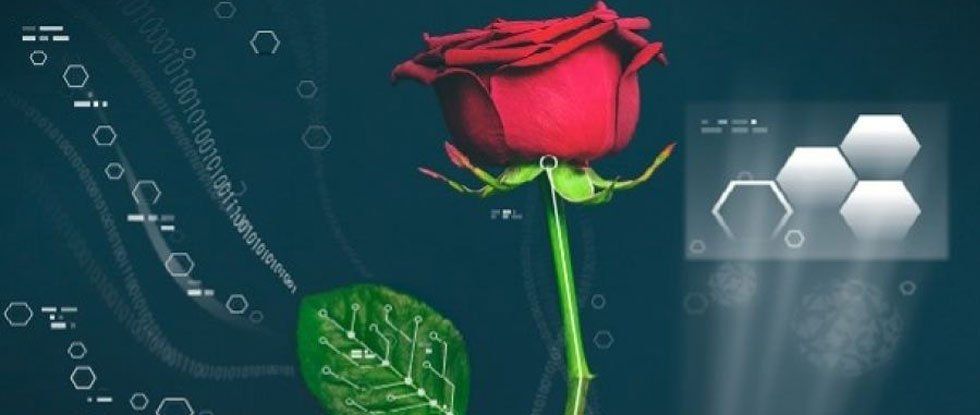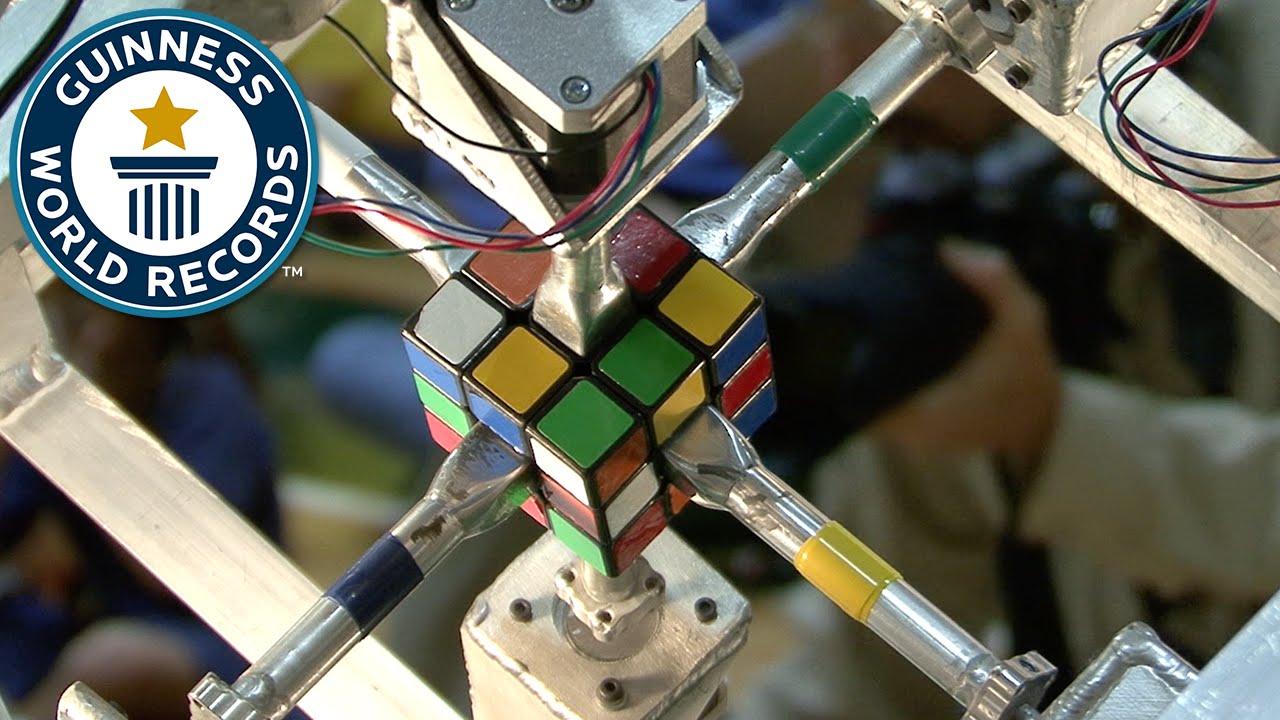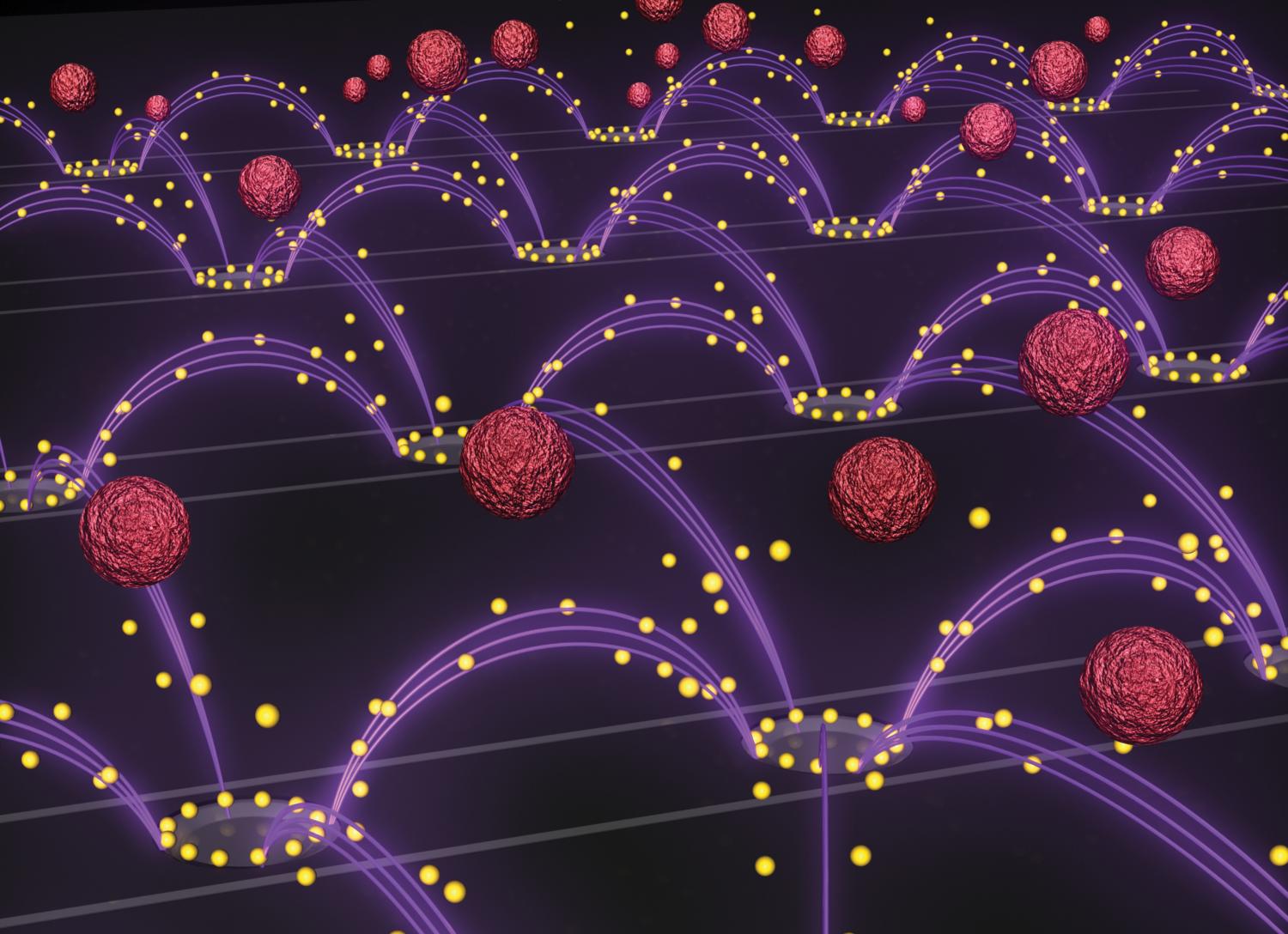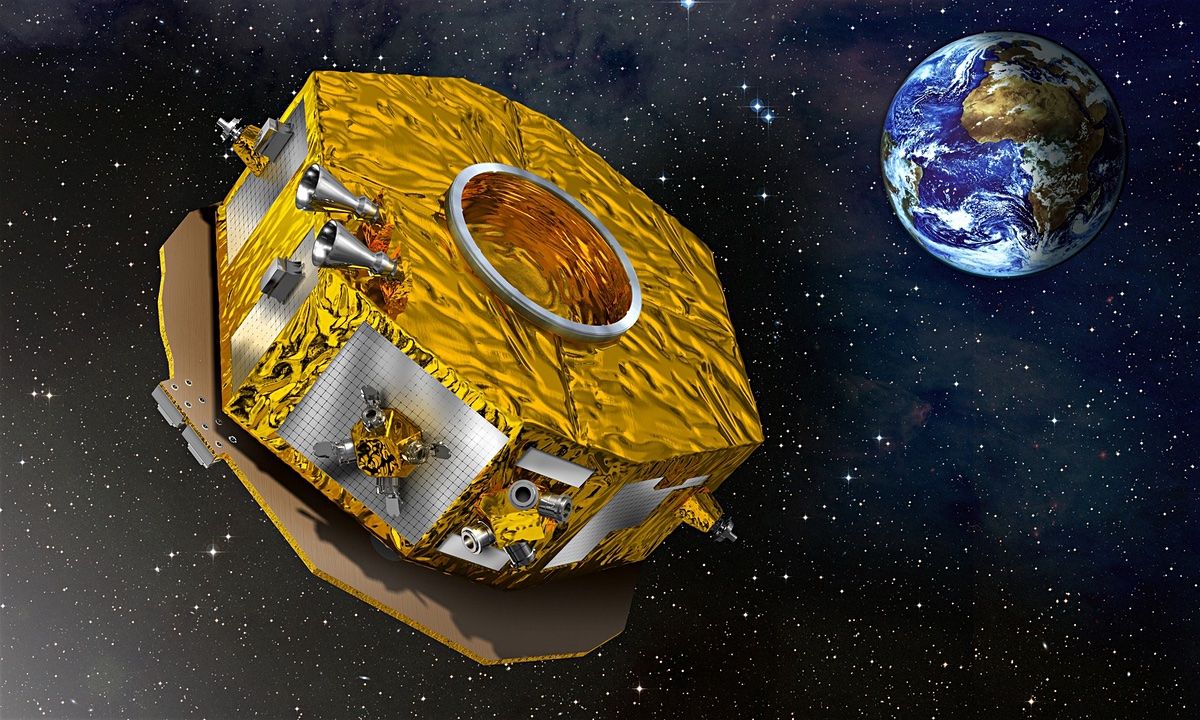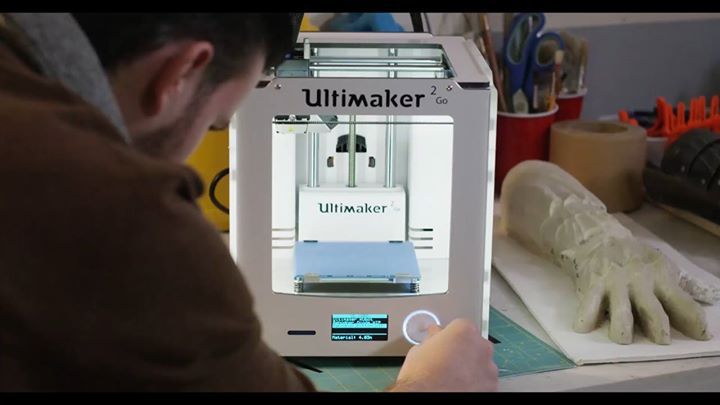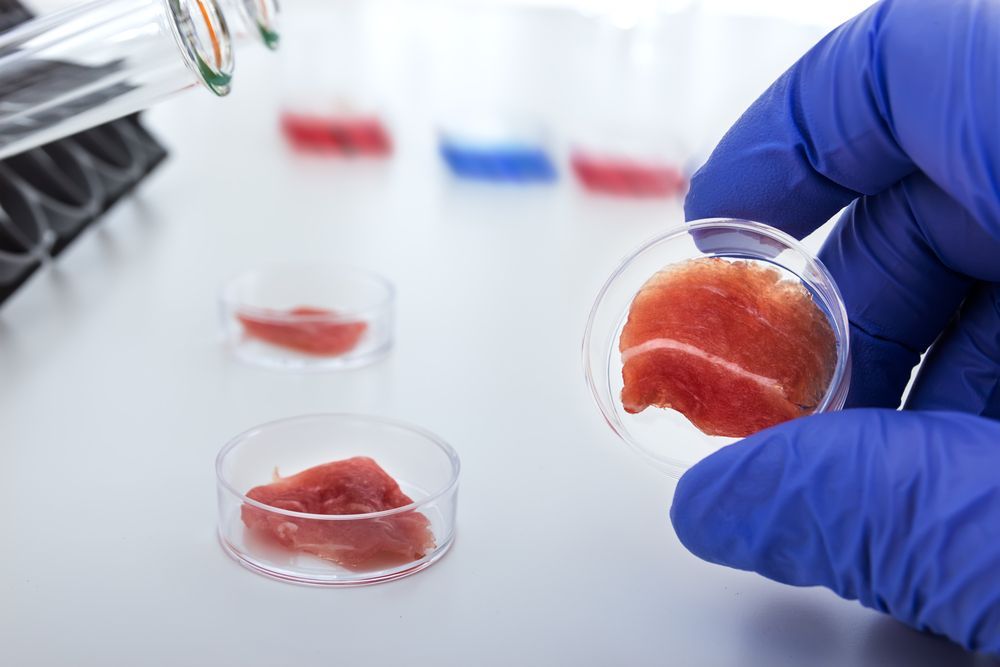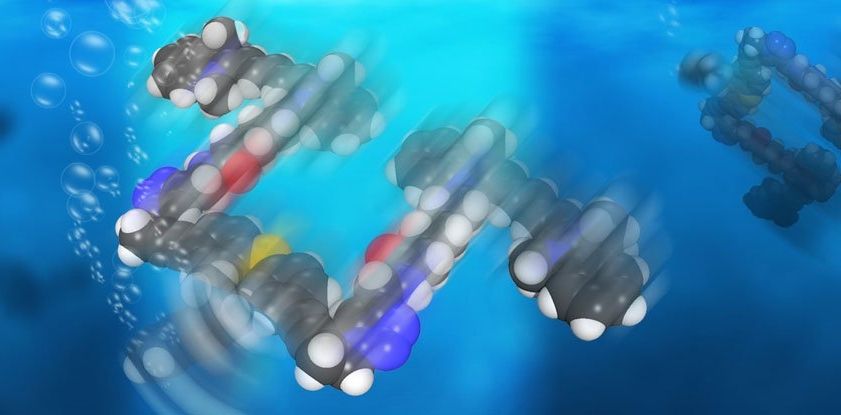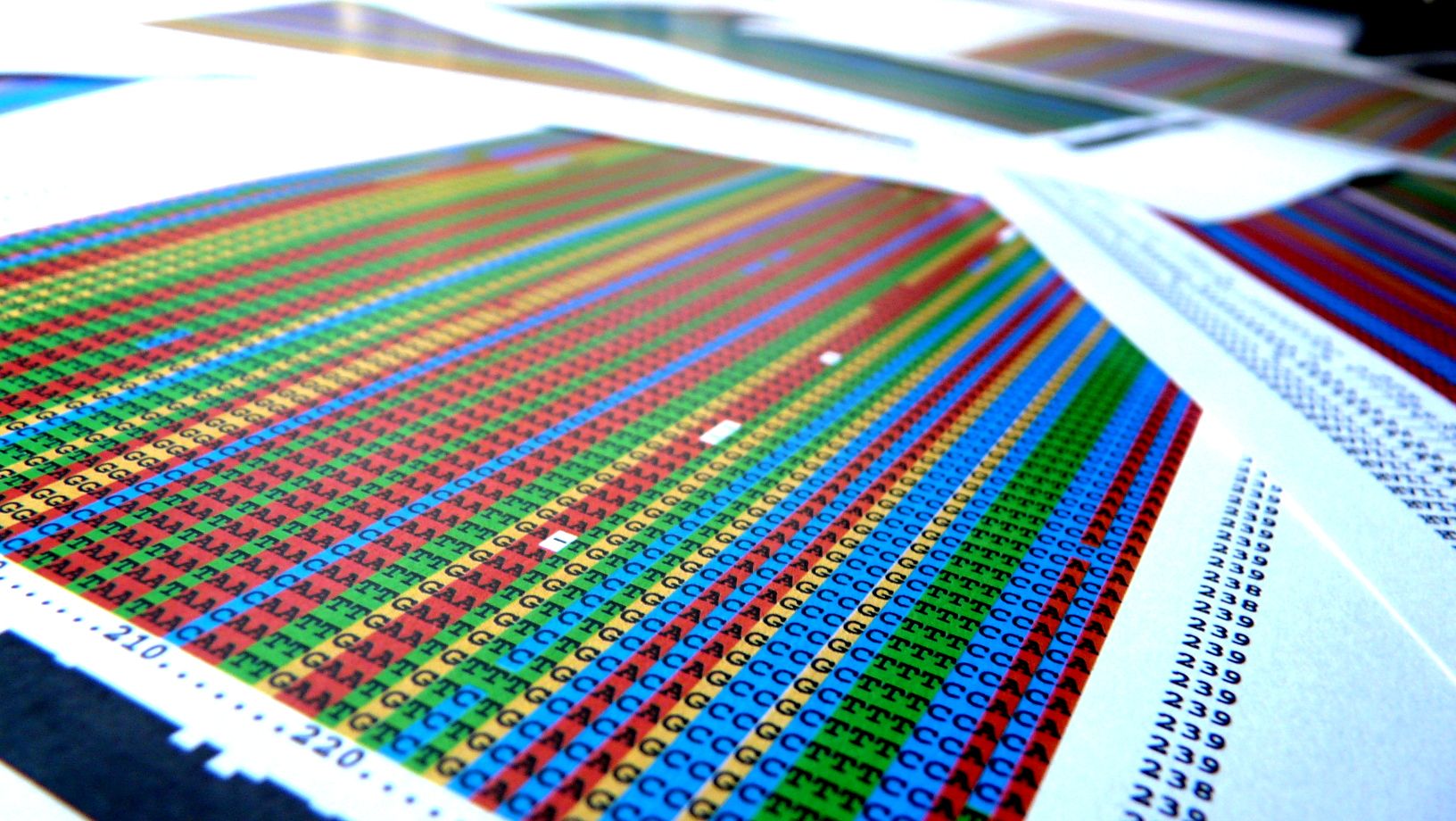Nov 23, 2015
World’s first cyber-plants fuse electronics with roses
Posted by Shailesh Prasad in categories: electronics, materials
For the first time, scientists have created analogue and digital electronic circuits inside living plants, using the vascular system of living roses to build – or rather ‘grow’ – the central components of electronic circuits.
Researchers at Linköping University in Sweden merged numerous electrical components inside the roses, including wires, digital logic, and even display-based elements, thanks to a special polymer that’s capable of acting like a wire while still transporting organic material such as water and nutrients through the rose’s stem.
By successfully incorporating electronics into the living systems of plants, it’s hoped we’ll be able to find out much more about the chemical processes and pathways that make them function – and we could even learn to control and manipulate them.
